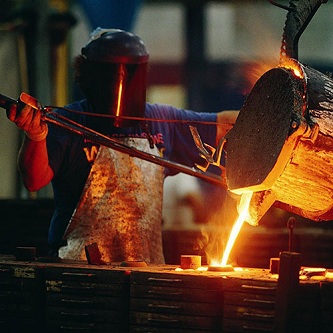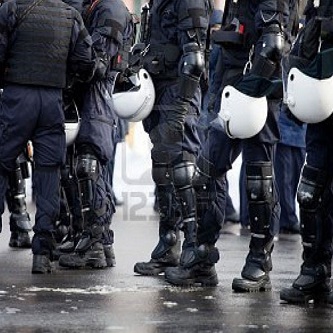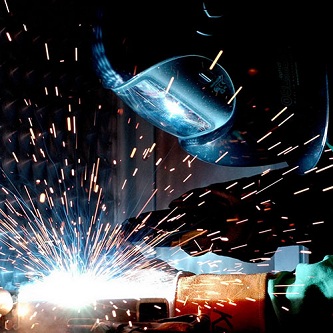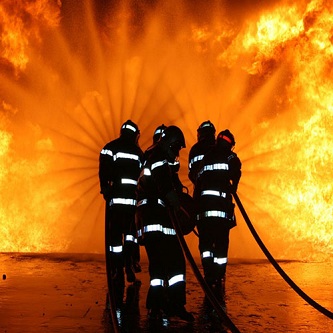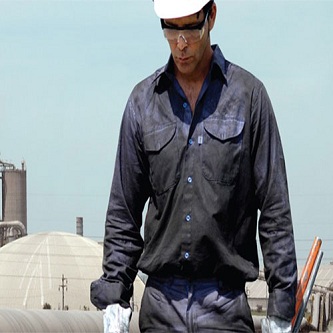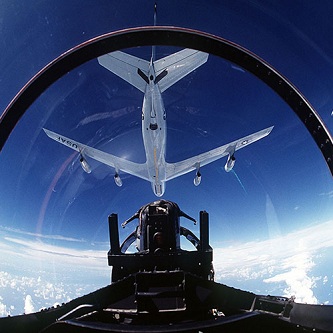Who are we?
We are experts in management of textile processes.
Technitiger S.L is a textile manufacturing company targeted in the design of fabrics focused to the risk-protection of persons, specifically, those hazards from burns and substantial thermal shocks.
We are an engineering and operations company, which after receiving our customer specific protection needs, develop the client’s appropriate solution, guarantying that it meets the customer demands, needs, and expectations.
Once defined the product that better adapts to our customer requirements and always with the assistance of our I+D Department, we set the clothing up, obviously performing any other particular demand our customers had requested.

What can we offer?
We have optimal textile solutions for the following hostile environments:
Firefighters
- Rescue Services
- Forest Firefighters
- Fireproof Park Clothing
Special Police and Army
- Intervention Units
- Flight Pilots
Industry
- Oil&Gas
- Electrical Flash
- Melting
- Maintenance and Welding Sparks

How we work?
We work closely with suppliers, customers, and end-users to accurately define and recommend the best solution for each jobsite, the key is based on:
- • Risks to be covered and applicable safety standards regulations
- • Ergonomics and weight of the fabric / garment expected
- Cost
We take those parameters into consideration, and we establish the most suitable fabric to be recommended, relying on any of the below range of materials/fibers or a proper combination of them:
- Aramid
- Viscose FR
- Modacrylic
- Treated Cotton
- Carbon Fiber
- Wool
We define the manufacturing process, the appropriate finish, and any other customization that the product or customer may requires.

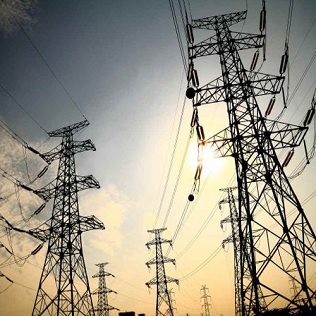


Certificates
All our fabrics are manufactured and certified according to the requirements of the different standards ratings, depending on the risks that must be covered.
Each of the following sections determines different levels of protection, from a minimum to a maximum; this way, we can see if the equipment fulfills with the vital degree of protection that each jobsite and therefore that each risk, requires.
This rule is the basic standard that specifies the requirements to be fulfilled by those garments intended to protect the body against thermal risks. It is broken down into the following sections:
- EN ISO 15025 (Código A). It specifies the performance to direct flame exposure.
- EN ISO 9151 (Código B). It specifies the performance to convective heat received.
- EN ISO 6942 (Código C). It specifies performance against radiant heat received.
- EN ISO 9185 (Código D y E). It specifies performance to splashes of molten metal (aluminum and steel)
- EN ISO 12127 (Código F). It specifies performance against contact heat received. (ISO 469)(
It covers the requirements for firefighters’ protective clothing or the turnout gear (kits) used and worn during structural firefighting where that gear is used to protect from flame and heat. The performance requirements for fire fighter clothing conforming to this standard will include:
- Flame spread (tested to ISO 15025)
- Convective heat (tested to EN 367)
- Radiant heat (tested to ISO 6942)
- Heat resistance (tested to ISO 17493:2000)
- Water repellence, dimensional stability, resistance to chemicals
- Tensile strength
- Ergonomic and comfort
It specifies minimum basic safety requirements and test methods, for protective clothing that are designed to protect the wearer's body and that are to be worn during welding and allied processes with comparable risks. This type of protective clothing is intended to protect the wearer against spatter (small splashes of molten metal), short contact time with flame, and radiant heat from the arc.
It covers the requirements for protective clothing intended to forest firefighters, for whom the risks and the needs are very different from other kind of fire interventions.
It covers the requirements for protective clothing to preserve workers against occasional, brief contact with small flames. The working circumstances offer no significant heat hazard and there is no presence of another type of heat.
The aim is to reduce the possibility of the clothing burning and thereby itself constituting a hazard: the wearer should not get extra injuries due to the burning of his clothing.For protection against heat hazards, we gladly refer to EN ISO 11612 (Clothing to protect against heat and flame).
It is complementary to the previous standards, and specifies the level of protection where there is a risk of an electric arc o blast as a result of disruption.
- EN ISO 61482-1-1. Open arc test. Where the level of Kcal/cm2 that the clothing or material can resists is measured (ATPV value)
- EN ISO 61482-1-2. Box Test. The garments are tested and evaluated in two classes: Class 1: 4 kA if it resist a value higher than 4 kA and Class 2: if it resist a value of 7 kA
It measures the resistance of fabrics to wetting by water. It is especially suitable for measuring the water-repellent efficacy.
It measures the protection level against oil and liquid hydrocarbon splash.
It specifies a test method for the measurement of indices of penetration, absorption and repellence for protective clothing materials, against liquid chemicals splashes, mainly chemicals of low volatility.
The standard specifies the requirements for high visibility clothing “which is capable of visually signalling the user’s presence.

Contact
We look for the best suppliers around the world
C/ Mestre Francesc Vila, 15B
08296 Castellbell i el Vilar
BCN (SPAIN)
operacions@technitiger.com
93 834 01 99



